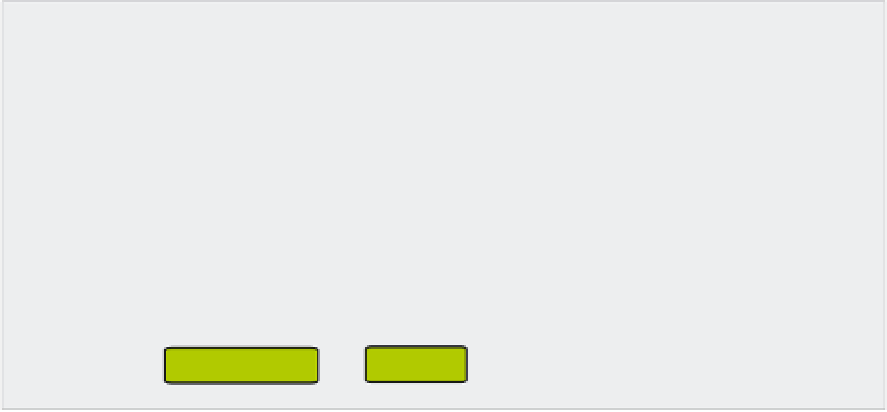Image Processing Reference
In-Depth Information
phase modulator
(PM)
Conventional DBP
3*B
sig
output signal
B
sig
non-linear DBP step
input signal
phase modulator
(PM)
LPF
Filtered DBP (F-DBP)
B +2*B
sig
B
sig
fil
B
fil
output signal
low pass filter
(LPF)
non-linear DBP step
input signal
Fig. 5. Block diagram comparing the filtered DBP (F-DBP), conventional DBP schemes and
also the bandwidth spectrum (
B
) at different locations of DBP steps (Du et al., 2010).
on the constant step-size methods. Numerical solution of NLSE using SSFM with constant
step-size may cause the spurious spectral peaks due to fictitious four wave mixing (FWM).
To avoid this numerical artifact and estimating the non-linear phase shift with high accuracy
in fewer computations by SSFM, (Bosco et al., 2000; Sinkin et al., 2003) suggest a logarithmic
step-size distribution for forward propagation simulations as given in Eq. 16.
ln
,
1
A
1
−
n
σ
h
n
=
−
σ
= [
1
−
exp
(
−
2
Γ
L
)]
/
K
(16)
−
(
−
)
σ
Γ
1
n
1
Γ
Whereas,
L
is the fiber span length,
is the loss coefficient and
K
is the number of steps per
fiber span. So logarithmic step-size DBP based on the aforementioned equation is an obvious
improvement of DBP. Note that the slope coefficient (
A
) for logarithmic distribution has been
chosen as 1 to reduce the relative global error and also for L-DBP 2 minimum iterations are
needed to evaluate the logarithmic step-size based DBP stage.
In (Asif et al., 2011), this L-DBP algorithm is evaluated for three different configurations:
(a) 20 channel 56Gbit/s (14GBaud) with 25GHz channel spacing; (b) 10 channel 112Gbit/s
(28GBaud) with 50GHz channel spacing and (c) 5 channel 224Gbit/s (56GBaud) with 100GHz
channel spacing. So that each simulation configuration has the bandwidth occupancy of
500GHz. The DP-QPSK signals are transmitted over 2000km fiber. The algorithm shows
efficient compensation of CD and NL especially at higher baud rates i.e. 56GBaud. For this
baud rate the calculation steps per fiber span are also reduced from 8 to 4 as compared to
the conventional DBP method. The non-linear threshold point (NLT) is improved by 4dB of
signal power. One of the main strengths of the this algorithm is that L-DBP eliminates the
optimization of DBP parameters, as the same forward propagation parameters can be used in
L-DBP and calculation steps per fiber span are reduced up to 50%.
3.3 Future step-size distribution concepts
The global accuracy and computational efforts to evaluate the SSFM method mainly depends
on the step-size (
h
) selection (Sinkin et al., 2003). In this article several step-size methods are

















































































































